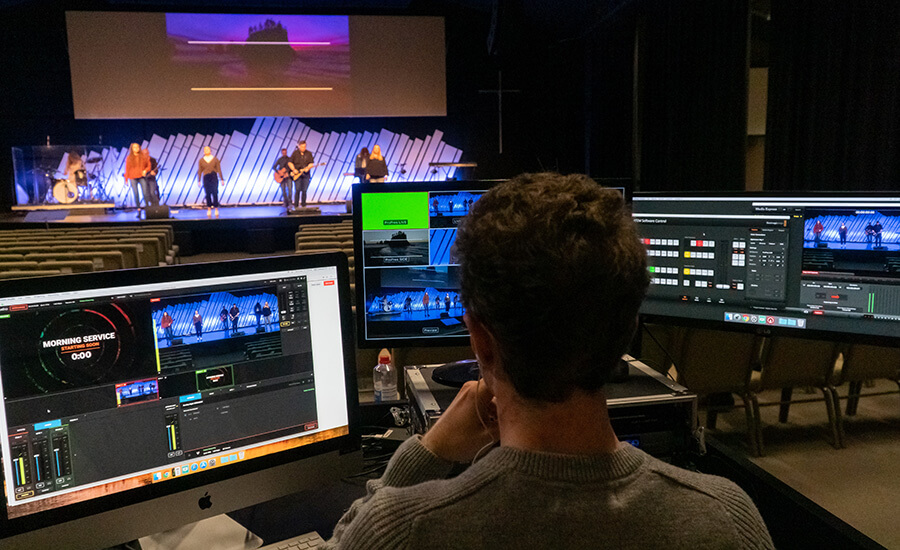Investigating the Development of Electronic Display Technology and Its Influence on Setup Practices
Wiki Article
Electronic signage technology has come a significant way since its inception. Initially, signs were static and required hands-on modifications, which could be labor-intensive and demanding. With the advancement of technology, digital signage has evolved into a flexible and interactive medium. Currently, screens can show lively images, footage, and live data, making them more engaging for audiences. This transformation has not only changed how information is presented but has also revolutionized the way companies and entities communicate with their customers.

One of the crucial advancements in digital signage solutions is the use of HD displays. These displays offer better resolution and color precision, which enhances the overall observing encounter. Additionally, the introduction of light-emitting diode and LCD systems has made it feasible to create slimmer and lighter displays. This has enabled for more versatile installation choices, such as wall mounting, hanging, or even freestanding screens. As a result, businesses can select the most suitable setup that suits their environment and audience requirements, making digital signage a adaptable solution for different environments.
Another significant advancement is the incorporation of media management platforms (CMS). These platforms allow operators to quickly create, schedule, and oversee content across multiple displays from a unified click to read more platform. This feature is particularly advantageous for businesses with multiple sites, as it guarantees consistent communication and branding. Furthermore, many CMS platforms offer web-based options, allowing remote control and instant updates. This means that businesses can promptly respond to shifts in data or promotions, keeping their material fresh and relevant.
The impact of digital signage technology on setup methods cannot be overlooked. With the rise of engaging screens and touchscreens, installation has become more complicated. Technicians must now consider factors such as cabling, connectivity, and user engagement. Additionally, the need for proper installation and placement is crucial to guarantee maximum sightlines and accessibility. As a consequence, expert setup services have become more essential, as they bring expertise in both technology and aesthetics to create effective digital signage solutions.
In summary, the development of digital signage technology has significantly influenced installation practices and the way information is shared. With improvements in screen technology, content management systems, and setup methods, companies can develop engaging and effective signage that captures the focus of their viewers. As digital signage continues to grow and evolve, it will undoubtedly play a crucial role in defining the prospects of communication in various sectors.